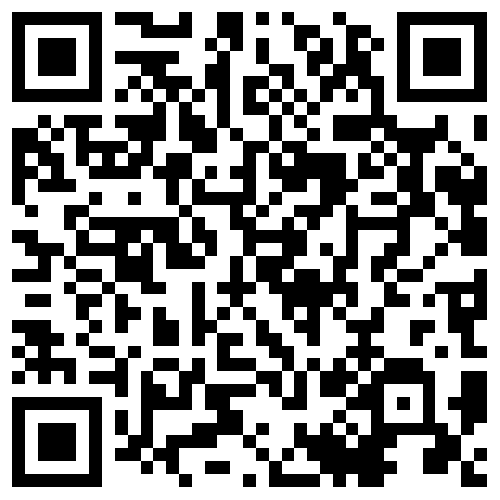| 引用本文: | 余文轩,范美妤,金浏,杜修力.低温下玄武岩纤维混凝土劈拉强度尺寸效应试验[J].哈尔滨工业大学学报,2025,57(1):101.DOI:10.11918/202401073 |
| YU Wenxuan,FAN Meiyu,JIN Liu,DU Xiuli.Experimental study of size effect on splitting tensile strength of basalt fibre reinforced concrete at low temperature[J].Journal of Harbin Institute of Technology,2025,57(1):101.DOI:10.11918/202401073 |
|
| 摘要: |
| 为研究极端低温作用下结构尺寸和纤维体积分数对玄武岩纤维混凝土劈拉强度的定量影响规律和作用机制,设计了4种尺寸(边长分别为70、100、150和200 mm)、4种纤维体积分数(分数范围0%~0.5%)的玄武岩纤维混凝土立方体试块在常温和低温下(温度范围20~-90 ℃)进行了静态劈拉破坏试验。试验结果表明:不同类型混凝土的劈拉强度均随温度降低而线性增大(最大增幅接近130%),呈现出显著的低温增强效应;玄武岩纤维的掺入能略微强化混凝土劈拉强度的低温增强效应。不同纤维体积分数玄武岩纤维混凝土的劈拉强度均呈现出一定的纤维增强效应,并且随体积分数增加而增强;极端低温作用下玄武岩纤维的主导破坏模式由拔出破坏转变为拉断破坏,导致纤维增强效应随温度下降而变强。劈拉强度的尺寸效应随温度下降而更明显,但玄武岩纤维的掺入能减弱尺寸效应(最大削弱程度达25.8%)。本文研究能为玄武岩纤维混凝土材料在极端低温环境下的大规模工程结构应用提供有效参考。 |
| 关键词: 玄武岩纤维混凝土 极端低温 纤维含量 劈裂拉伸 尺寸效应 |
| DOI:10.11918/202401073 |
| 分类号:TU528.572 |
| 文献标识码:A |
| 基金项目:北京市自然科学基金(JQ22025);国家资助博士后研究人员计划(GZC20231358) |
|
| Experimental study of size effect on splitting tensile strength of basalt fibre reinforced concrete at low temperature |
|
YU Wenxuan1,2,FAN Meiyu2,JIN Liu2,DU Xiuli2
|
|
(1.Department of Hydraulic Engineering, Tsinghua University, Beijing, 100084, China; 2.Key Lab of Urban Security and Disaster Engineering (Beijing University of Technology), Ministry of Education, Beijing 100124, China)
|
| Abstract: |
| To study the quantitative influence and action mechanism of structural size and fiber volume fraction on the splitting tensile strength of basalt fiber reinforced concrete (BFRC) at extreme low temperature, four sizes (side lengths of 0,0, 150, and 200 mm) and four fiber volume fractions (fraction range of 0%~0.5%) of BFRC cubic specimens were designed for static splitting tensile failure tests at room and low temperatures (temperature range of 20~-90 ℃). The experimental results show that all the splitting tensile strengths of different type of concrete increase linearly with the decreasing temperature (with a maximum increase of nearly 130%), showing a significant low-temperature strengthening effect. The incorporation of basalt fibers can slightly improve the low-temperature strengthening effect of splitting tensile strength. All the splitting tensile strengths of BFRC with different fiber volume fractions show a certain fiber reinforcement effect, which can be enhanced with the increase of volume fraction. At extreme low temperature, the dominant failure mode of basalt fiber changes from pull-out failure to rupture failure, which can cause the enhancement of fiber reinforcement effect with the decreasing temperature. The size effect on splitting tensile strength increases with the decreasing temperature, while the addition of basalt fibers can effectively weaken the size effect (with maximum weakening degree of 25.8%). This study provides an effective reference for the applications of BFRC in engineering structures exposed to extreme low-temperature environments. |
| Key words: basalt fiber reinforced concrete cryogenic temperature fiber volume fraction splitting tension size effect |







